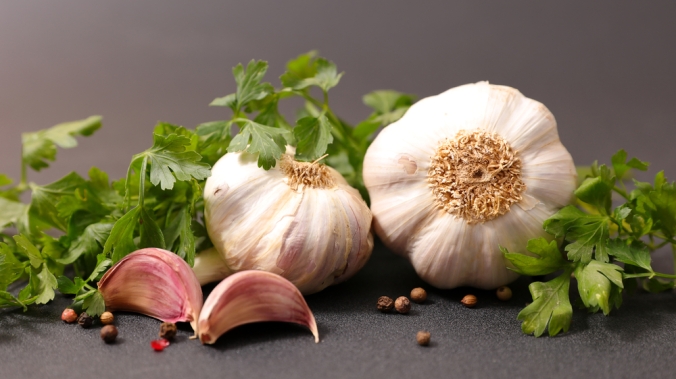Protein is an essential part of our daily diet, alongside fats and carbohydrates. It plays an important role is so many body functions but often we do not consume enough.
Clinical Nutritionist, Suzie Sawyer, looks at why protein is so important and some great options for vegetarians!
WHY IS IT ESSENTIAL?
Protein is an essential part of nutrition, second only to water in terms of the body’s physical make up. Protein makes up around 20% of our body weight and is found in muscles, hair, nails, skin and internal organs, particularly the heart and brain.
Protein plays a key role in the immune system, helping to form antibodies that fight infection, as well as supporting many hormones and enzyme reactions. It’s certainly essential for growth and development, therefore is especially important during pregnancy and childhood.
Proteins are actually comprised of amino acids. There are eight essential amino acids that the body cannot make, therefore these need to be eaten in the diet: we can become deficient if the diet does not contain the proteins, vitamins, minerals or enzymes needed to produce each one. The good news is that with a healthy, balanced diet these deficiencies can be avoided.
WHAT MAKES A ‘BALANCED’ DIET?
In general terms, a balanced diet is one that incorporates sufficient levels of all essential nutrients including amino acids. Put simply, people who eat a predominantly non-vegetarian diet don’t need to worry about specific amino acids; meat, dairy, eggs and fish have varying amounts of each one but all contain some of the essential amino acids.
Pescatarians (people who don’t eat meat, but eat fish and other animal-sourced foods) will also be getting what they need, with a balance of food groups. People who eat no animal foods at all (known as vegans) should combine grains and pulses to ensure the body is getting what it needs. However, certain vitamins, specifically vitamin B12, is only found in animal products, so supplementation would be advisable.
HOW OFTEN SHOULD I EAT PROTEIN?
Ideally protein is needed at every meal and thankfully nature has made that task a little easier by providing so many options! Meat, dairy, chicken, fish, turkey, eggs, soya, grains, pulses, nuts and seeds provide an abundance of options for every individual requirement.
It’s important to include protein at every meal, primarily to ensure sufficient total intake but also to help balance blood sugar levels and keep energy sustained throughout the day.
HOW MUCH DO I NEED?
That question is not quite so easy to answer! It’s generally dependent on body weight. A man will normally require more than a woman but a good rule is around 0.8 grams per kilogram of body weight per day. This means a woman weighing 60 kilos will need around 48 grams of protein per day as a minimum. As an example, a normal sized chicken breast will contain around 20 grams of protein. Those working in more strenuous manual jobs will require more protein, as will athletes (including recreational athletes).
Interestingly, many women worry that eating too much protein will cause them to ‘bulk up’. Whilst there may be body-builders who are likely to over-consume protein, generally the highly refined Western diet is still more likely to contain too little protein. This can lead to muscle wastage, hormone imbalances and lack of blood sugar control, so ensuring you are getting enough really is essential for a healthy body.
WHAT ABOUT VEGETARIAN SOURCES?
There are a number of excellent sources of vegetarian protein. Grains come in many different guises; wheat, rye, oats, corn, barley, bulgur wheat spelt, millet and rice are the main ones. Quinoa looks like a grain but is technically a seed, but it’s still an excellent source of protein containing all the essential amino acids.
Soy products including natto, tofu and tempeh are great fermented forms of protein and also deliver other excellent benefits for the digestive system. Nuts, seeds and all types of beans also have good amounts of certain amino acids. Combine them with a grain and you’ve got a full house!
Hopefully these ideas for including more protein in your diet will ensure you are maximising your get-up-and-go every day!
FOR MORE GREAT DIET AND LIFESTYLE ADVICE:
Sign up to receive our blog and get a weekly dose of the latest nutrition and health advice direct to your inbox.
Follow us on Twitter @feelaliveuk for nutrition, lifestyle and well-being tips.
Visit us at www.feelaliveuk.com for the latest offers and exclusive Alive! content.
Follow and Chat with Suzie on Twitter @nutritionsuzie
For everything you need to know about vitamins, minerals and herbs visit Herbfacts



































